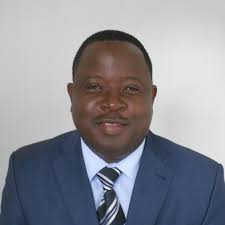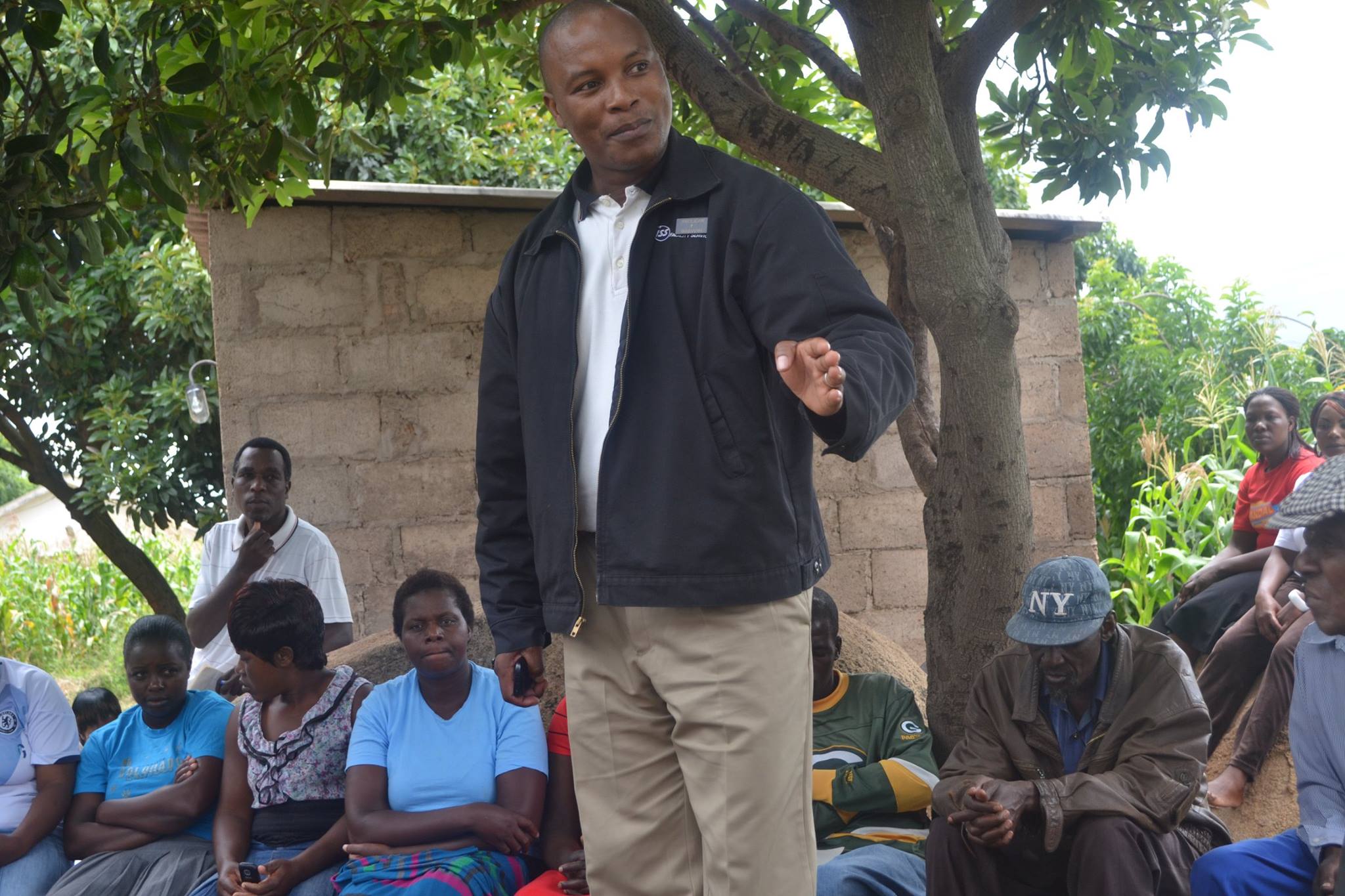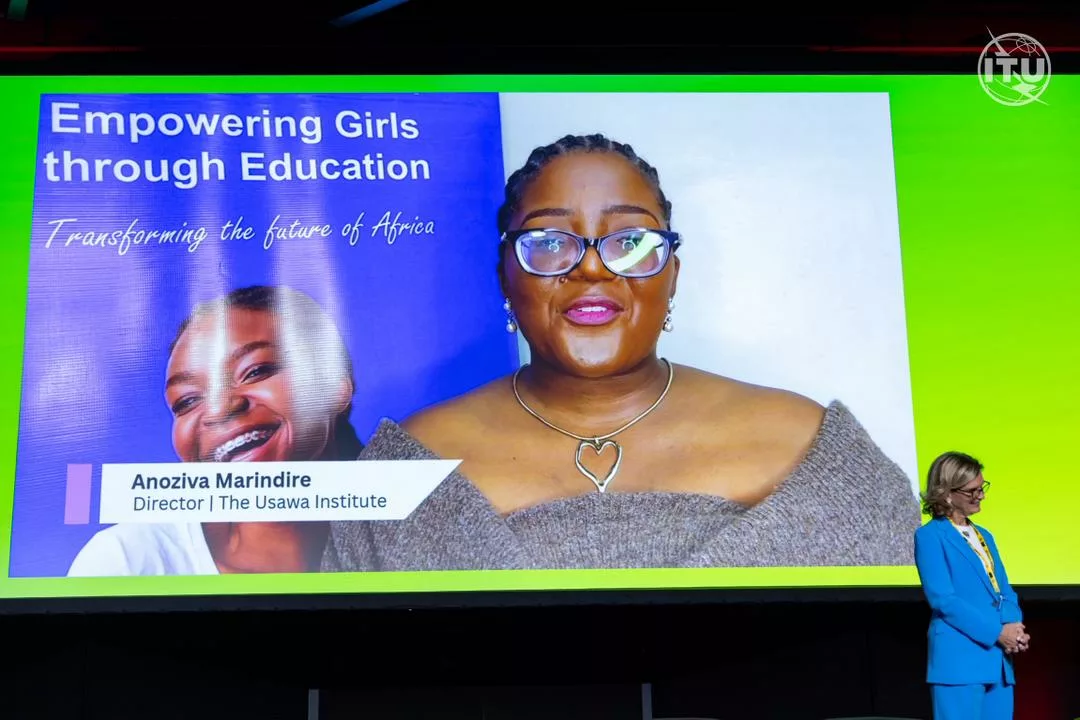|
Getting your Trinity Audio player ready...
|
Writes Sermon Mazheve
The Zimbabwe economic experiment continues. They say once bitten twice shy, Zimbabwean citizens have been beaten so much by the central bank they have lost count!
The new Governor of the Reserve Bank of Zimbabwe Dr John Mushayavanhu is yet to announce another unique form of currency that to the best of my knowledge has never been successfully launched or implemented in any other country.
The announcement of a proposed structured currency happened in early February and two months down the line the Monetary policy statement is yet to be announced. Zimbabwe is currently facing confidence and trust issues emanating from legacy issues when the country experienced hyperinflation in 2008 together with the introduction of a fictitious currency in the form of green 2-dollar bond notes in 2016 which were said by Minister Professor Mtuli Ncube not a currency in itself but rather a ‘‘legal tender near money’’ pegged equally against the U.S. dollar backed by a 200 million dollar loan from Afrexim bank, which resulted in people losing their money and life savings.
The two-month delay is currently worsening the lack of confidence and trust in the government that the citizens of Zimbabwe have.
How they will probably shock us this week
In my opinion, they could be planning on removing the multi-currency system and replacing it with the new structured currency that would be backed by an Asset, loan or guarantee facility, or even our mining reserves. Practically, the 2024 budget was unrealistic, at the date of announcement the projected expenditure was equivalent to 9 billion United States dollars inclusive of the dollarisation/conversion of government expenditures like civil servant covid allowances to pensionable salaries. The government simply does not have enough to meet its United States dollar obligations this year.
In his speech, whilst addressing delegates at the 9th CEO Africa Roundtable conference in Victoria Falls last year, His Excellency President Emmerson Mnangagwa said the country will revert to exclusive use of the local currency as the sole legal tender and ditch the multi-currency regime. (Source Herald).
Also,in his swearing-in ceremony for the second term, His Excellency President Emmerson Mnangagwa, who was also the acting Finance Minister during the November 1995 – April 1996 period, said the country will continue to put in measures to entrench the use of the domestic currency because having its currency forms the basis for sustainable economic growth development. (Source Herald).
The government’s position on their preferred currency of use is clear though the market has rejected it. The current arrangement, which allows the use of foreign currencies such as the US dollar and the South African Rand is guaranteed until December 2025 under Statutory Instrument (SI) 118A of 2022. The government is to do away with a multi-currency system one way or the other and this move is one step closer to that.
What is a structured currency?
Maybe let us start with what a currency is. There has been an ongoing debate in the economics world in differentiating between currency and money. The best explanation I have come across is as follows. A currency serves as a means of exchanging commodities and services. Money in the form of paper or coins, issued by a government and accepted at face value, is known as currency. A structured currency is a currency that is backed by a commodity. The key point here is, that the structured currency has to be backed by something of value, it cannot be backed by just a mere ‘change’ of the Reserve Bank Governor’s leadership. A structured currency is different from a fiat currency which is a government-issued currency. The government-issued fiat currency is not backed by any commodity. The structured currency would be used together with the already existing currencies.
How many forms of ‘currency’ or ‘money’ do we have in the economy at the moment?
We have Rtgs dollar (Real Time Gross Settlement System converted to be a currency), bond notes and bond coins (actual printed Zimbabwean currency), Gold coins-Physical Mosi-oa-Tunya Gold minted Coins, Digital gold-backed coins Zimbabwe Gold (ZiG), digital token backed by gold and the United States dollars whose usage contributes up to 80% of transactions in Zimbabwe and the other basket of foreign currencies allowed by the reserve bank of Zimbabwe, for example, South African rands to be used for transactions in Zimbabwe.
So what is the currency of use in Zimbabwe?
All of the above are deemed as legal tenders in Zimbabwe and hence can be used as currencies of use. This is so because the material or item used as money/currency does not need to have any value in its own right. Some forms of money have had this feature, while others have not. What links these different forms of money is not their physical qualities but the function they perform in their use as a reliable way to pay or be paid, as a way to quote prices, and as a way to store value over time.
Printed money derives its value from the trust people place in it. History as shown above, however, shows that this trust can be lost if the bank does not act in the interest of the public and for the welfare of the country as a whole, for example, if too much paper money is printed and issued, the value of the money will fall; that is, high inflation will result. In fact, hyperinflation can result.
This raises a question. In what form would the structured currency be?
We can only find out this Friday when the monetary policy is announced.
So how will the structured currency fit in?
Of the 18 billion United States dollars said to be in circulation in the Zimbabwean economy, 20% is in Rtgs form. Now this is equivalent to 3.6 billion United States dollars. Whatever currency is introduced has to swallow up the Rtgs dollars in circulation first in a bid to replace the Rtgs dollar currency should it be used to replace the failed RTGS.
How it then works is like this. For the new structured currency to swallow up the Rtgs dollar, the Treasury would need to have 3.6 billion dollars in USD terms backed by an asset, reserve, or some sort of guarantee facility. For the avoidance of doubt, we do not have any processed and tangible reserves to back this currency in terms of gold reserves.
According to the Sunday Mail of 17 March 2024, our gold reserves since the introduction of a new policy in 2022 currently stand at 1,2 tonnes which at market value on the second of April 2024 is (USD77,000.00) seventy-seven thousand United States dollars only. This is just 0.0021% of the Rtgs dollar in circulation. In tonnage, we need 55 tonnes of Gold in order to remove the RTGS dollars in circulation as per the gold Market prices as of March 28, 2024.
The gold reserves highlighted in the newspaper are clearly not enough to back the structured currency.
Conversion or rate option
The reserve bank has the option to buy the Rtgs at a certain rate other than on the assumed $1:1 Rtgs Dollar. This is how Dr John Mushayavanhu could implement it.
He would introduce the structured currency backed by say for example 9 tonnes of Gold (which would have been miraculously found) which is roughly 500 million United States dollars. This currency would now base its value on the market value of the gold. As gold increases in value, the value of the currency increases, and the opposite is true as well. So the introduction of this currency would then come in with a value of 0.5 billion USD worth of the structured currency: 3.6 billion USD worth of Rtgs in circulation. So essentially this new currency will be trading at 1 Structured currency dollar:7 Rtgs dollars.
But remember this is not the only currency at play here. We also have 80% of the 18 billion in circulation which are United states dollars. Now using the official rate of the day $1:22,448.00 Rtgs dollars, the new structured currency rate to United States dollars would be 1: ((1/7) *22448) Structured currency dollars which is $1: 3,206.85 Structured currency dollars.
So the structured currency would then just step in to ‘stabilise’ the currency system in a bid to address currency volatility and exchange rate-driven inflation badly battering the economy amid arbitrage.
One would wonder, how did we get here?
This is how the currencies have changed over the past years in Zimbabwe.
- 1980: The Rhodesian dollar is renamed the “Zimbabwe dollar” in 1980 after independence.
- 2003: The government issued the first series of low-denomination bearer cheques to ease cash shortages.
- 2006: the situation gets out of hand. The government issued the second series of higher-denomination bearer cheques until 2008, with the highest note being a 10 trillion-dollar note being issued as inflation ravaged our economy.
- 2009: A multi-currency system involving the US dollar and other major currencies – such as the euro, the British pound and the South African rand was adopted to end hyperinflation and it worked.
- 2009: The Zimbabwe dollar is demonetized (struck off as legal tender) as the use of multi-currencies takes precedence.
- 2016: The bond note, a currency the central bank claims has the same value as the US dollar, was introduced in December and backed by 200 million US dollars.
- 2018: Zimbabwe again reintroduces the Zimbabwe dollar, also known as the real-time gross settlement (RTGS) dollar.
- 2019: The US dollar is outlawed in local transactions.
- 2022: Zimbabwe launches gold coins to stabilize the faltering currency.
- 2023: Zimbabwe introduces gold-backed digital currency.
- 2024: The government is proposing to issue a unique currency deemed a structured currency.
Conclusion
I look forward to the following questions being answered.
- Which commodity will then be used to back up this structured currency?
- In what form is the structured currency to be in?
- How much in USD worth of Rtgs have the Digital gold-backed coins and the Mosiya Tunya gold coins they managed to consume?
- What is the long-term plan for the currency in use and what have been the major cause of the currency volatility and exchange rate-driven inflation?
- They should have zero control of this new structured currency. What strategies will the new Governor put in place to ensure that the system is not manipulated?
Disclaimer: Sermon Mazheve is not responsible for any errors or omissions, or for the results obtained from the use of this information. All information in this article is provided “as is”, with no guarantee of completeness, accuracy, timeliness or of the results obtained from the use of this information.
Sermon Mazheve 0779806252 [email protected]






